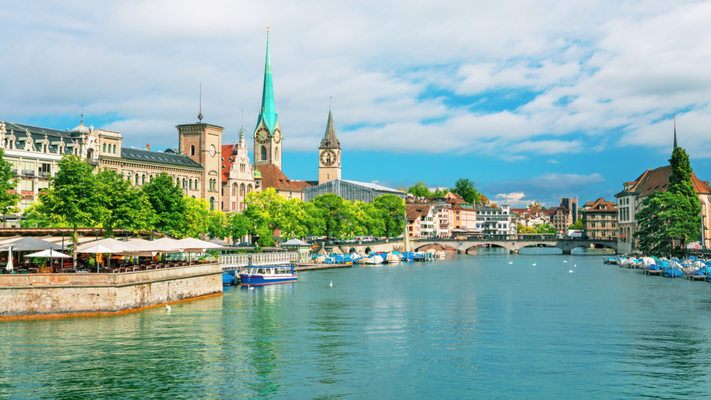In the Manhattan Contrarian, Francis Menton writes about one of the most bizarre and disastrous real estate situations in the world. The stretch of waterfront Mr. Menton is referring to is the Lower East Side of Manhattan, which is close to many good jobs. For example, One World Trade Center and the Financial District, with its several hundred thousand jobs, are within walking distance (less than one mile away).
A stretch of almost three miles of Manhattan waterfront real estate, running from approximately the Manhattan Bridge up to 14th Street, which in any rational universe would be some of the most valuable real estate in the world, is occupied almost entirely by low-income HUD-subsidized housing projects. Based on comparable values from the private housing on the Lower West Side waterfront of Manhattan, the approximately 20,000 apartments in these 100 or so buildings, if in private ownership, would have an aggregate value somewhere in the range of $50 billion to $100 billion. But because they are owned in socialist-model public ownership, the value of these buildings in exactly zero — zero dollars and zero cents. Nobody can sell them, and nobody can buy them. They pay no property taxes. The tenants’ rents cover less than half of operating costs, and the buildings require millions of dollars in annual government operating subsidies to keep them from crumbling. The buildings’ residents live predominantly in poverty. (If somehow it makes no sense to you to talk about “poverty” for people living in apartments that if appraised by standard methods would be valued at an average of maybe $3 million — or even $5 million for the ones with water views — then you just have no understanding of what “poverty” means in today’s world!)
If you follow official government propaganda on the issue of housing, then you know that it is absolutely obvious to all thinking people that the poor are poor in large part because they live in concentrated areas of poverty, isolated and remote from economic activity and successful people. If only the poor could live amidst the wealthy and successful, then they would have access to opportunities and to good jobs, and would quickly rise up from poverty. Or something like that.
… the idea behind HUD-subsidized projects is not to help poor people escape from poverty, but rather to keep the poor people poor. If HUD-subsidized projects in wealthy areas helped the poor escape from poverty, then some eighty years on into the game the people in HUD projects in wealthy Manhattan would not still be poor. But they are still poor (at least if you don’t count the market value of their housing in their income).
If you’re willing to fight for Main Street America, click here to sign up for the Richardcyoung.com free weekly email.




